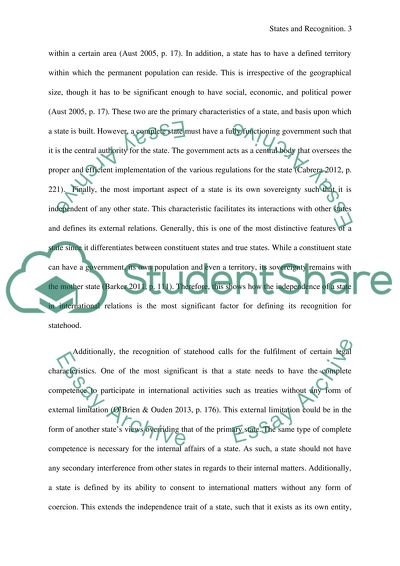Cite this document
(“International Law: States and Recognition Essay”, n.d.)
International Law: States and Recognition Essay. Retrieved from https://studentshare.org/law/1663471-international-law-states-and-recognition
International Law: States and Recognition Essay. Retrieved from https://studentshare.org/law/1663471-international-law-states-and-recognition
(International Law: States and Recognition Essay)
International Law: States and Recognition Essay. https://studentshare.org/law/1663471-international-law-states-and-recognition.
International Law: States and Recognition Essay. https://studentshare.org/law/1663471-international-law-states-and-recognition.
“International Law: States and Recognition Essay”, n.d. https://studentshare.org/law/1663471-international-law-states-and-recognition.


